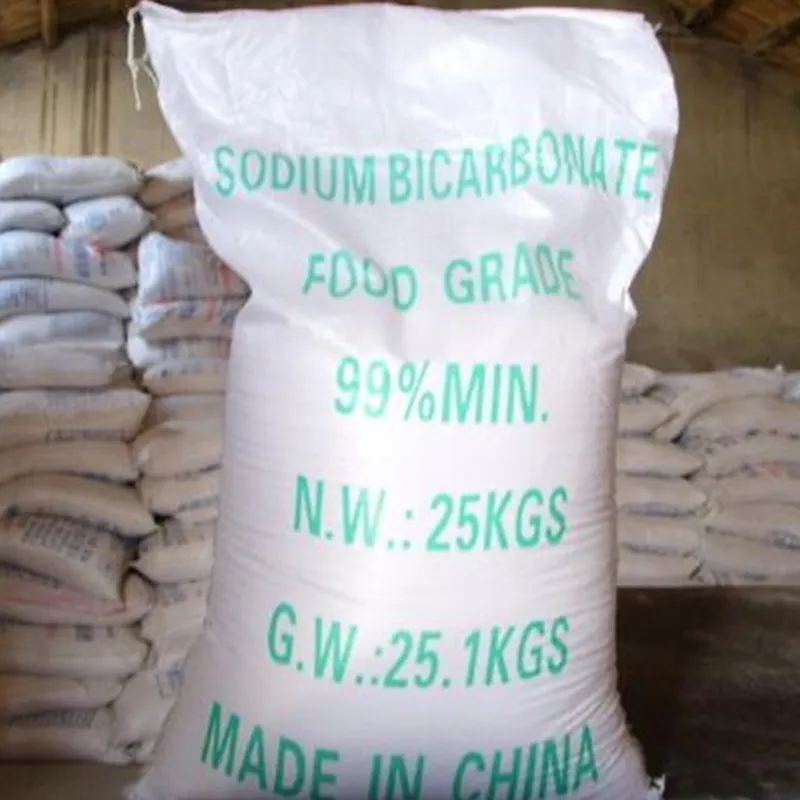
aspartame process
The Aspartame Production Process An Overview
Aspartame, one of the most widely used artificial sweeteners, has sparked debates regarding its safety and health implications. However, its production process is a fascinating blend of biochemistry and modern technology. Understanding how aspartame is manufactured can shed light on its widespread use in food and beverages.
The Chemical Structure of Aspartame
Aspartame, chemically known as L-alpha-aspartyl-L-phenylalanine methyl ester, is composed of two amino acids aspartic acid and phenylalanine. This unique combination gives aspartame its intense sweetness—approximately 200 times sweeter than sucrose (table sugar). The process of producing aspartame involves multiple stages, from the initial synthesis of its components to the final product.
Step 1 Amino Acid Production
The production of aspartame begins with the sourcing of its key building blocks aspartic acid and phenylalanine. Both amino acids can be derived through fermentation processes using specific strains of bacteria. The fermentation process is highly controlled, ensuring that the amino acids are produced in pure forms. Aspartic acid is typically synthesized from glucose, while phenylalanine can be obtained from either fermentation or chemical synthesis.
Step 2 Esterification
Once the amino acids are ready, the next step is to combine them through a process known as esterification. This reaction involves the methylation of phenylalanine with methanol to form phenylalanine methyl ester, which is then reacted with aspartic acid to produce aspartame. The reaction conditions—including temperature, pH, and pressure—are carefully monitored to optimize yield and purity.
aspartame process

Step 3 Purification
After synthesis, the crude aspartame mixture contains impurities and by-products that must be removed. The purification process often involves several techniques such as crystallization, membrane filtration, and chromatography. These methods help to isolate the aspartame and remove any unwanted substances, resulting in a high-purity product suitable for food applications.
Step 4 Quality Control
Quality control is a critical aspect of aspartame production. Manufacturers must ensure that the final product meets stringent safety standards set by regulatory bodies like the FDA and EFSA. This involves rigorous testing to assess the purity, stability, and overall safety of aspartame. Manufacturers also perform sensory evaluation to confirm that the sweetness profile is consistent with consumer expectations.
Step 5 Packaging and Distribution
Once quality assurance is complete, aspartame is ready for packaging. It is typically supplied in crystalline form or as a powder, which can be easily incorporated into a variety of products like soft drinks, sugar-free gum, and baked goods. The packaged aspartame is then distributed to manufacturers across the globe.
Conclusion
The production of aspartame is a complex process requiring expertise in biochemistry and food technology. From fermentation to purification, each step plays a vital role in ensuring that this sweetener is safe for consumption. As public interest in health and nutrition continues to grow, the understanding of aspartame and its production will likely evolve, highlighting the balance between food technology and consumer safety.
-
Aluminum Hydroxide: Quality Gels & Dried Gel AntacidNewsAug.31,2025
-
Buy High-Quality Trichloroisocyanuric Acid for Sale | TCCA 90% SupplierNewsAug.30,2025
-
Pure Sodium Dichloroisocyanurate Dihydrate | Powerful DisinfectantNewsAug.29,2025
-
Industrial Chemicals: Quality & Purity for Every IndustryNewsAug.28,2025
-
Nitrile Rubber Honoring Strict Production StandardsNewsAug.22,2025
-
Aspartame Ingredients Honoring Food Safety ValuesNewsAug.22,2025
-
Fertilizer for Balanced Plant NutritionNewsAug.22,2025
Hebei Tenger Chemical Technology Co., Ltd. focuses on the chemical industry and is committed to the export service of chemical raw materials.
-

view more DiethanolisopropanolamineIn the ever-growing field of chemical solutions, diethanolisopropanolamine (DEIPA) stands out as a versatile and important compound. Due to its unique chemical structure and properties, DEIPA is of interest to various industries including construction, personal care, and agriculture. -

view more TriisopropanolamineTriisopropanolamine (TIPA) alkanol amine substance, is a kind of alcohol amine compound with amino and alcohol hydroxyl, and because of its molecules contains both amino and hydroxyl. -

view more Tetramethyl Thiuram DisulfideTetramethyl thiuram disulfide, also known as TMTD, is a white to light-yellow powder with a distinct sulfur-like odor. It is soluble in organic solvents such as benzene, acetone, and ethyl acetate, making it highly versatile for use in different formulations. TMTD is known for its excellent vulcanization acceleration properties, which makes it a key ingredient in the production of rubber products. Additionally, it acts as an effective fungicide and bactericide, making it valuable in agricultural applications. Its high purity and stability ensure consistent performance, making it a preferred choice for manufacturers across various industries.





